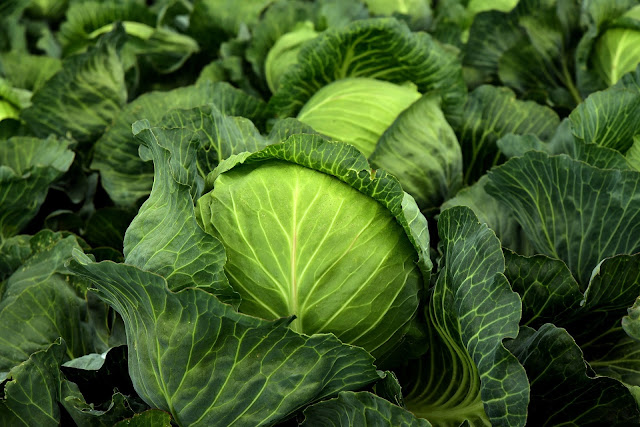In recent years, there has been a growing movement towards sustainable and self-sufficient living. As urbanization continues to expand, the need for alternative methods of food production becomes increasingly important. This is where urban farming steps in, offering a solution to the limited space available in cities and a way to bring agriculture closer to urban dwellers. In this article, we will explore the concept of urban farming, and its benefits, and provide examples of innovative approaches to growing food in small spaces.
The technique of growing, processing, and distributing food
in urban settings is referred to as urban farming, urban agriculture, or urban
gardening. It encompasses a wide range of techniques, from rooftop gardens and
vertical farming to hydroponics and community gardens. The aim is to transform
unused or underutilized spaces such as rooftops, balconies, and vacant lots
into productive and sustainable food sources.
One of the key advantages of urban farming is its ability to
promote local food production and reduce the dependence on long-distance
transportation. By growing food in the city, the carbon footprint associated
with transporting produce from rural areas is significantly reduced. Moreover,
urban farming has the potential to improve food security by providing fresh,
nutritious produce in areas where access to healthy food options may be
limited.
Let's take a look at some inspiring examples of urban farming initiatives around the world
1. The Brooklyn Grange, New York City
Located on the rooftops of two industrial buildings, the Brooklyn Grange is the largest rooftop soil farm in the world. Spanning over two and a half acres, this urban farm produces over 50,000 pounds of organically grown vegetables each year. It not only supplies fresh produce to local restaurants and markets but also offers educational programs and community events.
2. Lufa Farms, Montreal
Lufa Farms utilizes the concept of rooftop greenhouse farming to grow a variety of vegetables year-round. By utilizing advanced hydroponic systems, they can maximize space and minimize water usage. Lufa Farms also operates a subscription service, delivering fresh produce directly to customers' doorsteps.
3. The Vertical Farm, Singapore
Now, let's delve into some tips and techniques for growing food in small spaces
1. Container Gardening
Utilize containers such as pots, buckets, or raised beds to grow vegetables and herbs. This method is ideal for balconies or small patios. Choose compact varieties and ensure proper drainage for healthy plant growth.
2. Vertical Gardening
Make use of vertical space by installing trellises, hanging baskets, or vertical planters. Vining plants like tomatoes, cucumbers, and beans can be trained to grow upwards, maximizing space utilization.
3. Hydroponics
Consider hydroponic systems that allow you to grow plants without soil. Nutrient-rich water is circulated to the plant roots, resulting in faster growth and higher yields. This method is suitable for indoor gardening or areas with limited access to soil.
4. Community Gardens
Join or start a community garden in your neighborhood. By pooling resources and knowledge, you can collectively cultivate a larger area and share the harvest with others.
In conclusion, urban farming offers an innovative and
sustainable approach to food production in cities. By utilizing small spaces
creatively and employing various techniques such as container gardening,
vertical farming, and hydroponics, individuals and communities can contribute
to a greener and more self-sufficient urban environment. Whether you have a
rooftop, a balcony, or just a windowsill, there are options for everyone to get
involved in urban farming and enjoy the rewards of growing their food.
Start With YARA 💛




